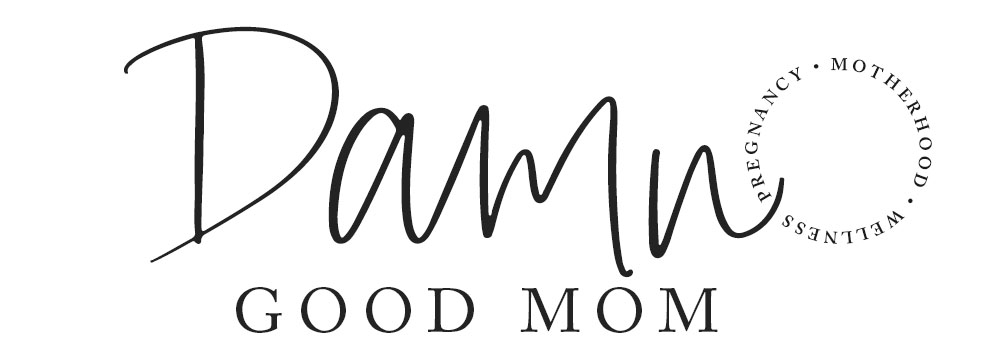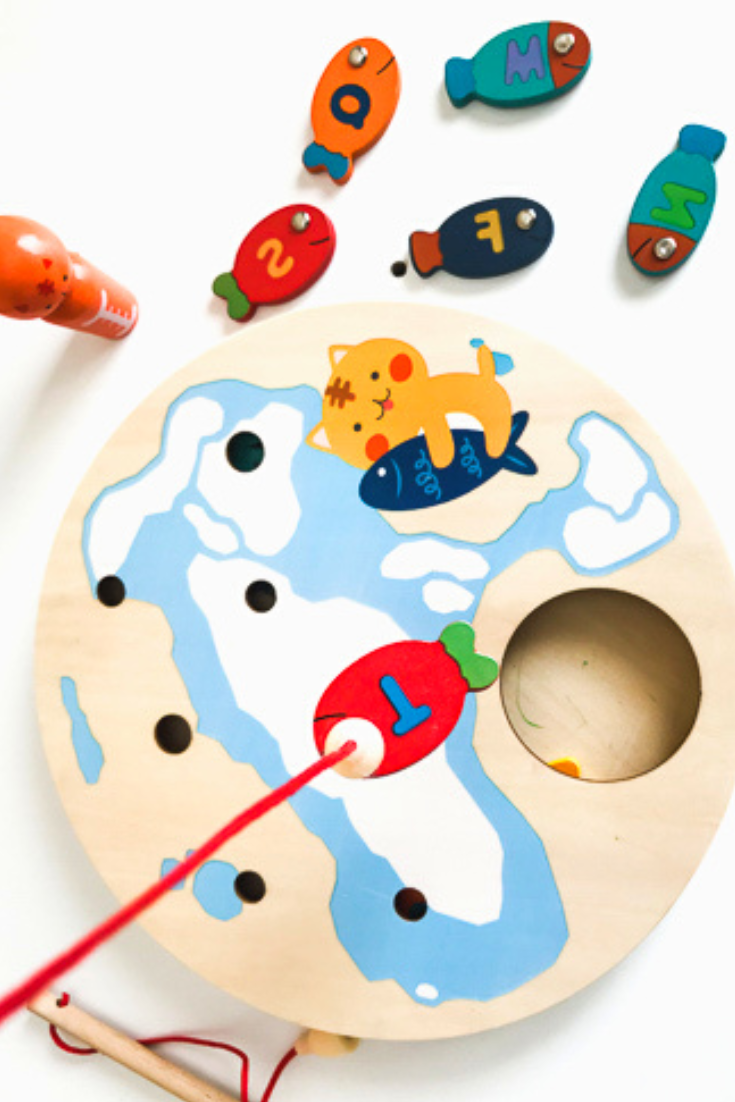How do you begin homeschooling? What does a good kindergarten homeschool look like?
You’re here because you are considering homeschooling or have decided to home educate. You want to know how to get started, we’ll go over that. You also want to know how to have a good homeschool but only you will be able to determine how good your homeschool will be.
You see…’good’ for me and my children may not be ‘good’ for you and your children. In fact, outside of the Youtube videos I’ve watched of homeschooling mom content, I have no idea what most other people’s kindergarten at home looks like.
So, instead of pretending I know exactly what every homeschool kindergarten daily schedule should be, I’m just going to share how my family chose to kickstart and organize our kindergarten school days.
HOW TO KICKSTART A KINDERGARTEN HOMESCHOOL
Don’t worry, I will not give you the generic “just color, read, and play” (the typical homeschool mom group reply). Instead, this post will walk you through some specific details of what I actually did to start my kindergarten and prepare my daughter for first grade level academics.
Before we get into the homeschool curriculum or schedule, I’ll begin with one of the first things we did to begin homeschooling which was to research homeschool requirements.
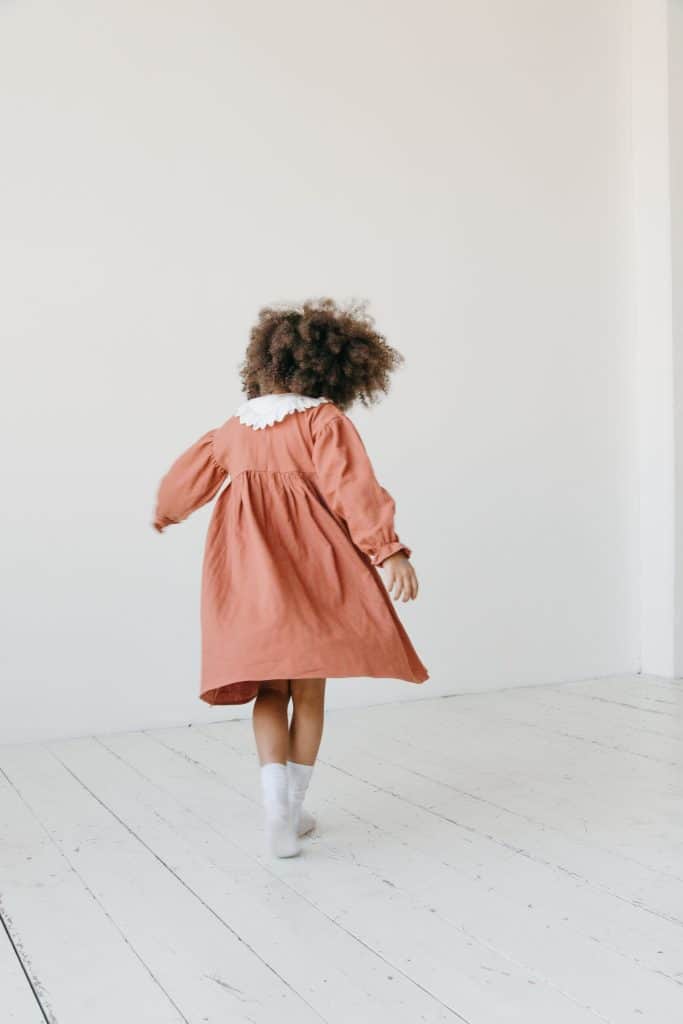
1. KNOW THE HOMESCHOOL KINDERGARTEN REQUIREMENTS
In my state, school enrollment is not required until age seven. That doesn’t mean children aren’t learning or that you can’t start teaching; in fact, my daughter was reading simple passages with assistance at age three.
For our homeschooling family, it means that we don’t legally need to setup a formal homeschool with our state until our oldest is turning seven. And, it’s an acknowledgement that all parents, even if they don’t formally homeschool, are home educators to their children – especially before they enter any classroom.
If you are in North Carolina check out The North Carolina Homeschool Guide Book created by North Carolina’s Division of Non-Public Education. Other helpful resources for parents all over the country include:
Wherever you are, you want to make sure that you aware of the homeschooling guidelines and requirements. Next, it’s useful to know why you are home educating and to have some broad and specific {measurable} goals.
2. START WITH THE END GOAL IN MIND
Choosing to homeschool kindergarten can feel like a big endeavor, especially if this is your first time homeschooling. My best advice to reduce the butterflies in your stomach is to start with the end goal and work backgrounds.
What do I mean?
When you plan a birthday party, the end goal is to have planned an event that your child and all the guests enjoy. There are many ways to ensure your party is a success but you have to plan, choose a theme, employ some good tools, decide on a location, decide who is invited, and provide some structure. I could go on – but you get the point.
We figure out the outline of what we want to happen and leave space for fun and spontaneity. Planning your first kindergarten is a similar endeavor with higher stakes than a one-day event – of course.
OUR BIG HOMESCHOOL GOAL
For home educating kindergarten, our family’s goal was to foster positive and impactful learning experiences while allowing our child to engage with her surrounding and indulge in her interests, in a way that touches all five senses. A fancy way of saying we wanted to be doing more out and about and not just workbooks at the table all the time.
An example of one our more specific and measurable goals was to read every day and to visit our local libraries more often. More on this later.
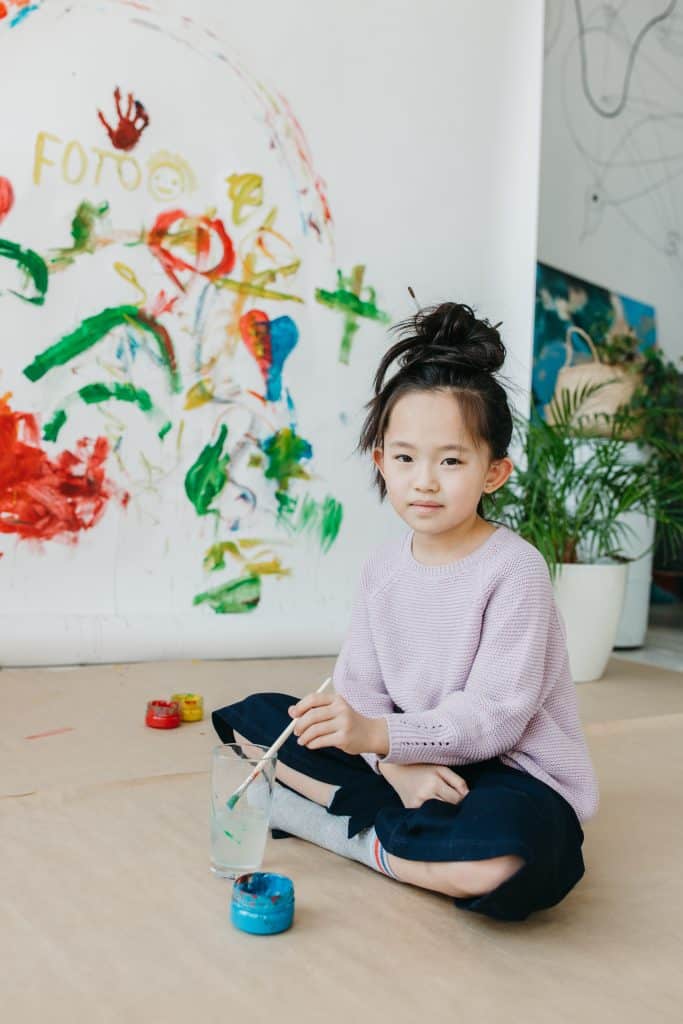
Now, what would be the steps to ensuring my kindergarten homeschooling shindig would be a success? Just like with the birthday party example, I needed a plan for what to teach.
3. PLAN WHAT TO TEACH
Figuring out what to teach is what had me the most stumped.
You see, we are trying to figure out what a young child should know at four or five and how to help them learn it.
Although I explored unschooling and some other more child-led approaches to supporting learning, I knew I was interested in following a curriculum AND finding ways to show my daughter how she can guide her own education.
Not completely sure of myself but wanting to ensure she learned at least what the public school students were learning, I began doing some research and below you’ll find five areas to check out as you plan your homeschool.

AREAS TO RESEARCH BEFORE HOMESCHOOLING FOR KINDERGARTEN:
A. EXPLORE STATE EDUCATION STANDARDS
I live in the state of North Carolina and we have The North Carolina Department of Public Instruction and The North Carolina Standard Course of Study (NCSCOS) which “defines the appropriate content standards for each grade or proficiency level …”. I found:
- The Kindergarten Quick Reference Guide for the NC Standard Course of Study
- Kindergarten ELA Standards of Lanugage Arts
- North Carolina Standard Course of Study Kindergarten Math
- North Carolina Standard Course of Study K-8 Mathematics
- North Carolina Standard Course of Study English Language Arts
These standards define “what students should know and be able to do” in your home state. Even if I didn’t plan to do anything in these standards, I thought it would be worthwhile knowing and understanding the education that is offered by our community schools.
B. GOOGLE HOMESCHOOL QUESTIONS
Next, I googled a bunch of things like:
- What a kindergartener should know
- What children learn in kindergarten
- kindergarten homeschool curriculum
This rabbit hole will produce many articles and several homeschool ideas and recommendations.
C. CHECK OUT INTERNATIONAL STANDARDS
I peeked at international kindergarten curriculums and standards. Why the interest in international standards? Good question.
We live in a world that is increasingly global and our children will be working with and competing with children everywhere in the world. Yet academically {think science, math, and reading}, the achievement of students in the USA lags behind many comparable (developed) OECD countries.
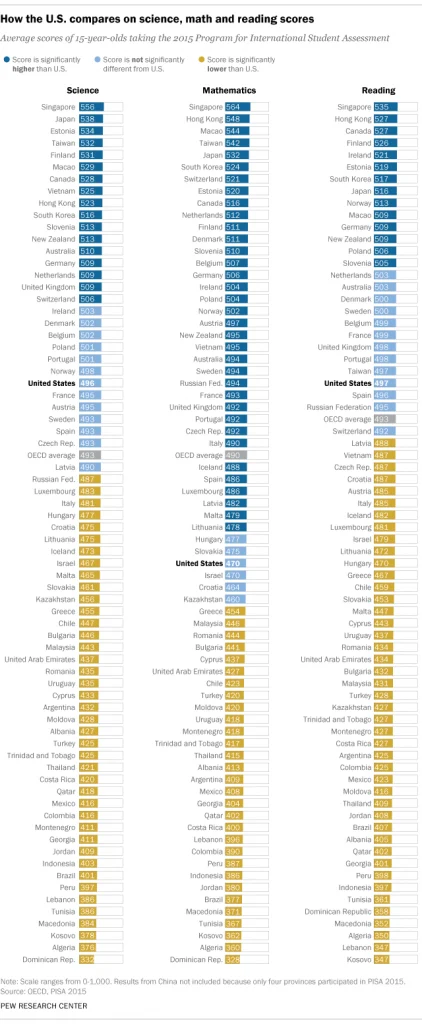
“In terms of spending, the United States spends more on education per student than many other developed countries, including Japan, Germany, and France. However, the outcomes for American students in terms of test scores and graduation rates are often lower than those in countries like Finland, South Korea, and Canada.”
Jones Ravitch, via college.us.com
For this reason, it is necessary to look beyond our own country for education guidance and inspiration – now (kindergarten) and especially later (high school). Thankfully, there are many international schools that share their curriculums online. A search like the one below provides interesting insights.
- Search: Kindergarten curriculum in __________ (country)
- Example Finding: Kindergarten curriculum in Japan – (International School Page) – Curriculums for K1 | K2 | K3
D. JOIN HOMESCHOOL MOM GROUPS
I lurked around in homeschool mom groups. If you use social media, you can be a lurker too; join groups and search for questions you have. Most likely, other moms new to homeschooling have had similar questions.
- Want to get dozens of opinions about curriculum choices – ask.
- Not sure about homeschooled children assessments – ask.
- Want to know about creating a homeschool transcript -ask.
- Want to know how to transition to or from public school or private school, if your homeschooling plans change – ask.
- Want to communicate with unschoolers – find them.
Whatever your questions – ask. Experienced homeschooling parents are great resources {but not all knowing}. I enjoy listening to advice and taking what’s useful for my family and leaving behind what is not. If you know anyone in your real life who homeschools, be sure to ask those parents questions too.
E. ASK CHILDREN WHAT THEY WANT TO LEARN
Finally, but possibly most important, I asked my child questions:
- What things do you like to do?
- What do you want to learn about?
- What places to do you think it would be cool to visit? Why?
- Are there animals you want to know more about?
- What places are the most fun and interesting?
This journey belongs to our children.
This journey belongs to our children and I felt it was necessary to include my child in the decision making. And, I’m glad I did. I learned about her interests and what she wanted to learn about and we were able to schedule classes and outings based on her input.
OUR HOMESCHOOLING PLAN
The five steps listed above gave me ideas of what to teach as core/foundation subjects and what to include for family and child-led learning activities. We determined that our family’s homeschool kindergarten would include:
- Reading (foundation)
- Writing (foundation)
- Math (foundation)
- Gardening (family choice)
- Spanish (family choice)
- Geography (student choice)
- Nature (student choice)
- Art (student choice)
The above exercises of asking questions and doing some research helped me create an outline for what to teach; next, I had to find resources to teach it.
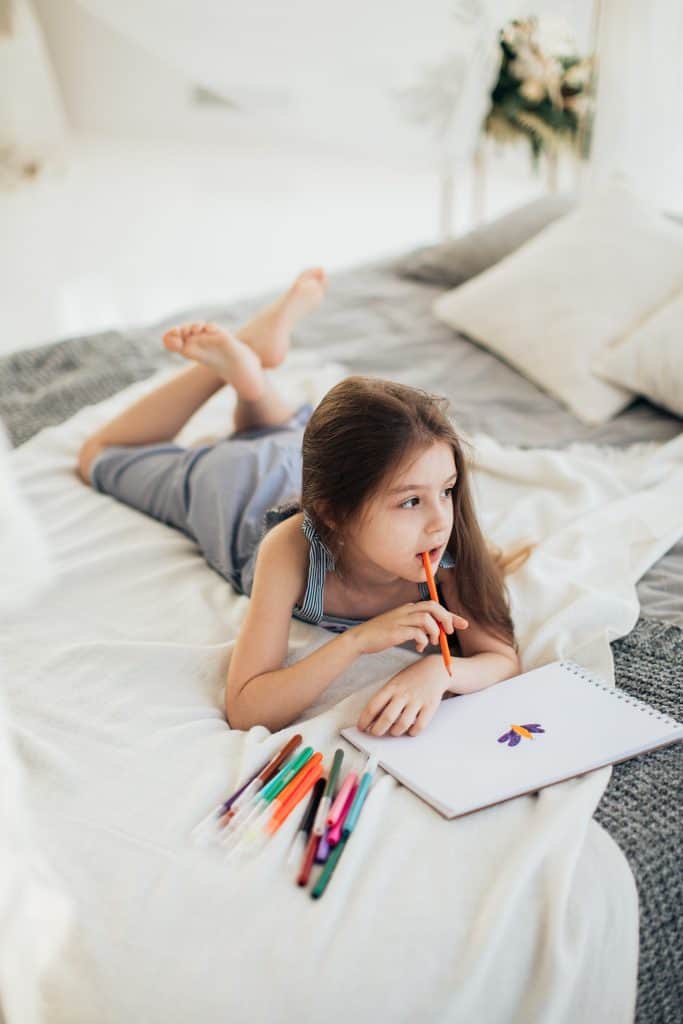
From the start, I knew I wanted assistance from a curriculum for foundational subjects and I was open to less structured options for the other topics.
5. CHOOSE KINDERGARTEN HOMESCHOOL CURRICULUM
I get that some people despise curriculum – I don’t. Although I have fallen in and out of love with specific kindergarten homeschool curriculums, each one has given me the confidence to push forward and figure out how my child learns best – even as I have experienced doubts.
Did anyone tell you that there will be periods of doubt on this homeschooling journey? It’s true.
6. CREATE A KINDERGARTEN HOMESCHOOL SCHEDULE
Creating a kindergarten homeschool schedule can be doozy. Yes, you can create a strict schedule and follow it precisely but why? In our home, learning is life and life is learning. Many days follow the schedule below and many days require flexibility for park time, online classes, community activities, illness, or whatever life brings.
HOMESCHOOL SCHEDULE OVERVIEW
- Wake up
- Morning chores
- Breakfast
- Independent work and/or activities
- Time outside or independent play
- Snack/Lunch
- Guided work and/or activities
WAKE UP
I do not wake my children up at a set time each morning. Our day together begins when they wake up on their own.
Tip: Choose to get up before the children to have time for yourself.
MORNING CHORES
Morning chores can be simple but they help to set a routine. Our chores include opening the blinds, making the bed, completing the weather chart (hanging near the window), and if there were books, toys, or clothes on the floor – clean up.
BREAKFAST
Breakfast can be the time that brings the family together. I let my daughter help me prepare breakfast and this was time for us to talk and do together stories aloud (she loves this still). It’s when one of us starts a story and we go back and forth adding details until we end the story.
INDEPENDENT WORK
If you are homeschooling more than one child, it can be a challenge making time to sit we each child. To accomplish this, consider assigning work that older children can complete independently. Independent kindergarten activities include: simple workbook pages, coloring, sewing, puzzles, painting, sticker books, and various self-led crafts. This gives me time to focus on the baby.
OUTSIDE OR INDOOR PLAY
One of the reasons homeschool was a good option for our family is because I wanted the option of extended play. Play can be indoors or outdoor depending on the weather. I highly recommend keeping a list of indoor options. We live in an area with an awesome children’s museum, a few good indoor play centers, and public libraries with programs for children.
SNACK/LUNCH
We don’t snack much but lunch is another time for our family to come together. Sometimes we clean up the living room, spread out a large blanket, and have an indoor picnic. Most days its just eating and being together.
QUIET READING TIME
This time often overlaps with snack/lunch but it’s time to read. I’m an avid reader and I want my children to be in the practice of reading daily.
GUIDED WORK
This is often last in our “school” day, so that me or my husband can have the baby and the other parent can spend uninterrupted time sitting with our daughter through some curriculum pages. This guided work is often followed by a themed family night activity.
THEMED FAMILY NIGHTS
- Monday: Game Night
- This is time for board games
- Wednesday: Movie Night
- We tend to limit tv time but this is a nice midweek shared family screen time event.
- Thursday: Reading Night
- Books from our collection or the library are shared out loud in a family reading circle.
Where are the time stamps? I didn’t forget the time stamps. I chose not to use them. Our days go at our own pace. No rushing out the door in the morning or running late in traffic in the afternoon. If we want to read more, we do. If we need to snuggle more, we do.
7. CREATE A KINDERGARTEN HOMESCHOOL ROOM
Do you need a special room to homeschool? Absolutely not.
Initially, I created a learn and play area in the bump out space in my child’s bedroom. I added a chalkboard, hung a weather chart, stuck a map to the wall, and filled the space with books and a reading chair. I collected charts, writing tools, painting kits, manipulatives, and posters. There was a rocking chair, our reading rug, and baskets filled with toys.
It was cute and I was proud of our little homeschooling nook; however, most of our workbook work was completed at our dining room table and other areas in and around the home.
The flexibility of homeschool is that learning can happen anywhere and we enjoy changing the scenery. We read in our backyard and even spent part of our year in Mexico where the learning continued at the tables of our various short-term rentals.
ARE YOU READY TO KICKSTART YOUR HOMESCHOOL KINDERGARTEN?
Before you go, I want you to know that I’m no homeschool expert. I’m a mom and I had butterflies when I kickstarted my preschool at home, when I started my kindergarten homeschool, and when I created my system for homeschooling first grade. I imagine parents sending their children off to any school {public, private, summer} experiences similar feelings of anticipation, excitement, and a bit of fear of the unknown.
All we can do is decide, plan, acquire tools, and create spaces that allow children to learn the way they learn the best.
Missteps will happen but we can refuse to fail. Failure would be not doing what’s best for our children and our family. If you feel the same, I think you’ll do what it takes to achieve any goal you set for your children in kindergarten and beyond.
The most important thing to do is start.
